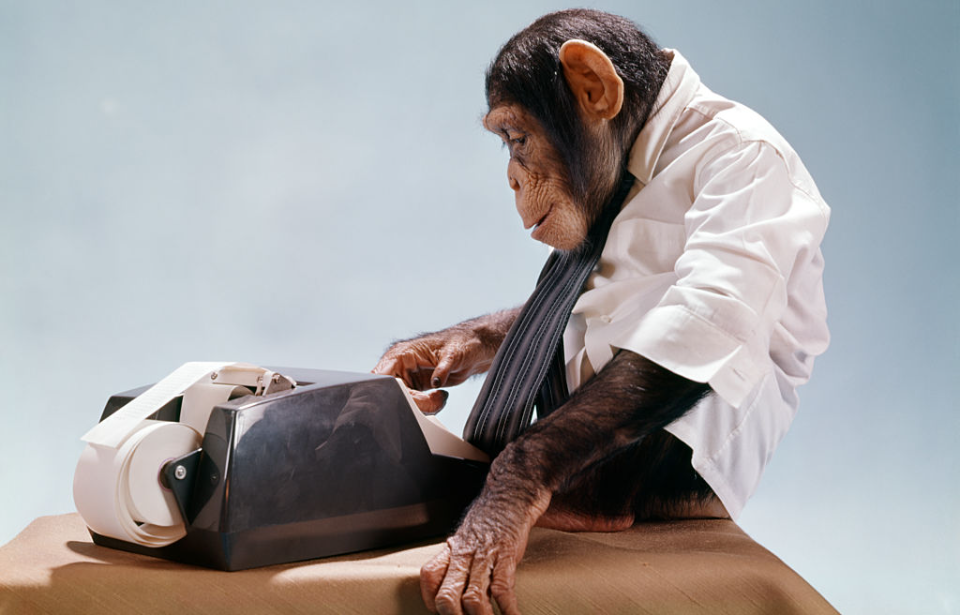The hybridization of species is relatively common in the animal kingdom, leading to unique beings like ligers, zorses, mules, geeps, grolar bears, and camas, to name a few. Yet when human meddling is added to the equation these combinations get even stranger. Take, for instance, the “humanzee.” As the name suggests, this is a human-chimpanzee hybrid and was first proposed by a Soviet scientist who researched artificial insemination.
Ilya Ivanovich Ivanov
Ilya Ivanovich Ivanov was born on August 1, 1870, in Shigry (Shchigry), Russia. After graduating from Kharkiv University began to work as a researcher at a number of different veterinary and animal-related institutions. He grew particularly interested in the study of artificial insemination, initially for its use in horse breeding. Ivanov is credited with creating technology to drastically increase the number of mares that a stallion could impregnate.
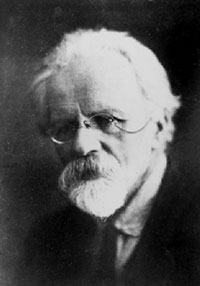
Much of Ivanov’s work was beneficial. He wanted to use artificial insemination to breed animals that were not only more resistant to illness and disease, but were better equipped to survive the difficult Russian winters. While some of his research focuses were practical, others were much more theoretical and controversial among the scientific community.
Humanzee research begins
In 1910, only three years after becoming a professor, Ivanov first proposed the idea of creating a human-chimpanzee hybrid during a presentation to the World Congress of Zoologists in Austria. He believed that this could be achieved through artificial insemination, as this is how other interspecies breeding is possible. It wasn’t until 1920 that Ivanov decided to put his theories to the test in French Guinea. There, he inseminated three female chimpanzees with human sperm.
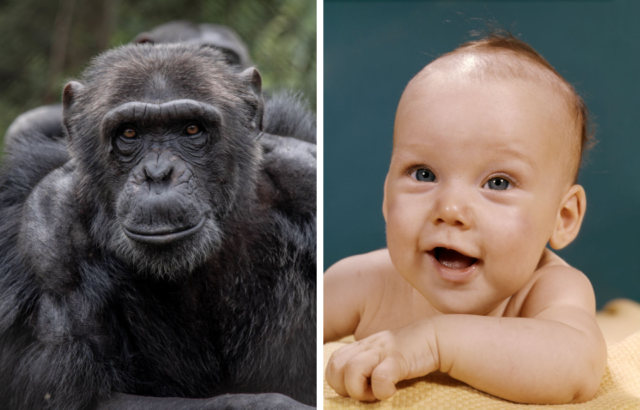
These attempts were unsuccessful, yet this didn’t stop Ivanov from trying again. Next time, he conducted his experiments in the Soviet Union at the Sukhumi Primate Research Institute. He intended to use sperm from chimpanzees and orangutans and five human females who had volunteered to be inseminated. This portion of his research never came to fruition as all of his primates died before he was able to collect their materials.
This was the end of Ivanov’s work on the humanzee. He fell out of favor with the Soviet government which exiled him to Kazakhstan in 1930. He was still allowed to work at the Kazakh Veterinary-Zoologist Institute while there, but died of a stroke in March 1932 without having succeeded in his experiment. Unfortunately, his research did not die with him.
Giving it another go
Although Ivanov was dismissed from his work on the humanzee, there was desire elsewhere in the world to create this hybrid animal. In 1981, claims came from China that they had been somewhat successful in humanzee research back in the late 1960s. One reporter from the Chicago Tribune said that scientists had successfully impregnated a chimpanzee that made it three months into a pregnancy before the experiment was “halted.”
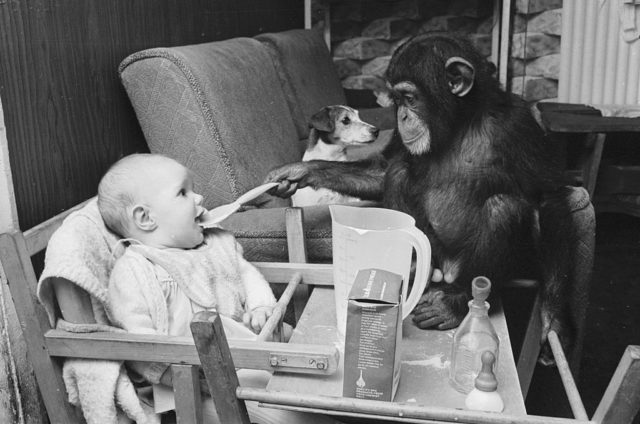
The experiment was allegedly interrupted when the Chinese Cultural Revolution began and authorities arrived at the laboratory to destroy it. After this, the pregnant chimpanzee died from neglect. Dr. Ji Yongxiang, who was quoted in the Chicago Tribune article, believed that if the research had continued, the result would have been a creature with higher-than-normal animal intelligence.
A second, unidentified man said that there were plans in the near future to resume this testing. Since the piece was published, there has been no further indication that the humanzee research was continued in China.
Claims of American success
Until recently, these were the only two humanzee projects believed to have taken place. However, newer information indicates otherwise. An evolutionary psychologist named Gordon Gallup claimed that the United States operated a program of its own out of Orange Park, Florida, in the 1920s. Although Gallup wasn’t involved in the project directly, he stated that a colleague of his was involved. The colleague informed him that a humanzee baby had indeed been born. Gallup trusted the man’s story as he was “a credible scientist.”
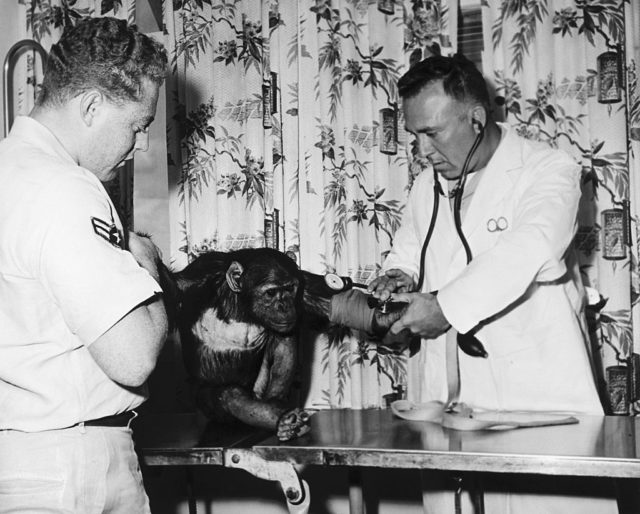
The humanzee was said to have been born to a female chimpanzee and a male human, created through artificial insemination. Allegedly it survived for several weeks, until scientists, reconsidering their decision to create the creature, euthanized it. Apart from Gallup’s claims, there is no evidence to prove that the lab, Yerkes National Primate Research Center, was involved in such an experiment. Today, they vehemently deny it, stating that their research only focuses on fighting diseases and improving human health.
Oliver, the first humanzee?
Decades after Ivanov’s first experimentation, a chimpanzee named Oliver became popular around the world. It was believed that he might be the very first humanzee. Oliver was purchased when he was very young by his trainers, Janet and Frank Berger. As he grew, it became apparent to the couple that he was much different than other chimpanzees.
For one thing, he preferred to walk on two feet like humans, rather than on his knuckles. He looked different than other chimps, with a much flatter face. The Bergers decided to sell Oliver and in the years to come, he was passed through many hands. One of these owners was a Pennsylvania lab called the Buckshire Corporation, which used him for cosmetic and scientific testing. While he was there, Oliver was subjected to a DNA test by a researcher from the University of Chicago.
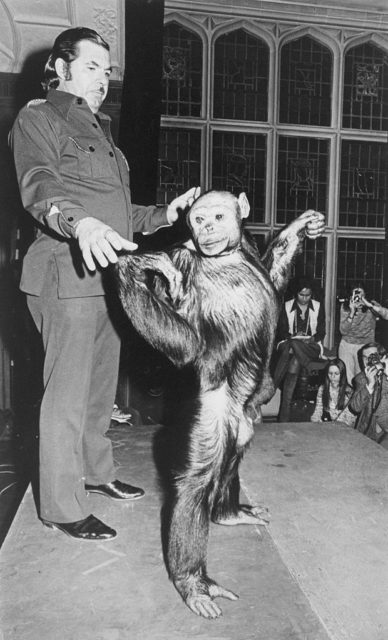
This testing, as well as a physical assessment, showed that he actually had the normal number of chromosomes for a chimpanzee. All of Oliver’s physical features were considered within the range of variability for his species as well, proving that he was not a humanzee.
More from us: Scientists Plan to Resurrect Resurrect the Tasmanian Tiger After Nearly 100 Years
Despite many claims to the contrary, there is no evidence that a humanzee has ever been born. The question of if one should be is still hotly debated among scientists.
